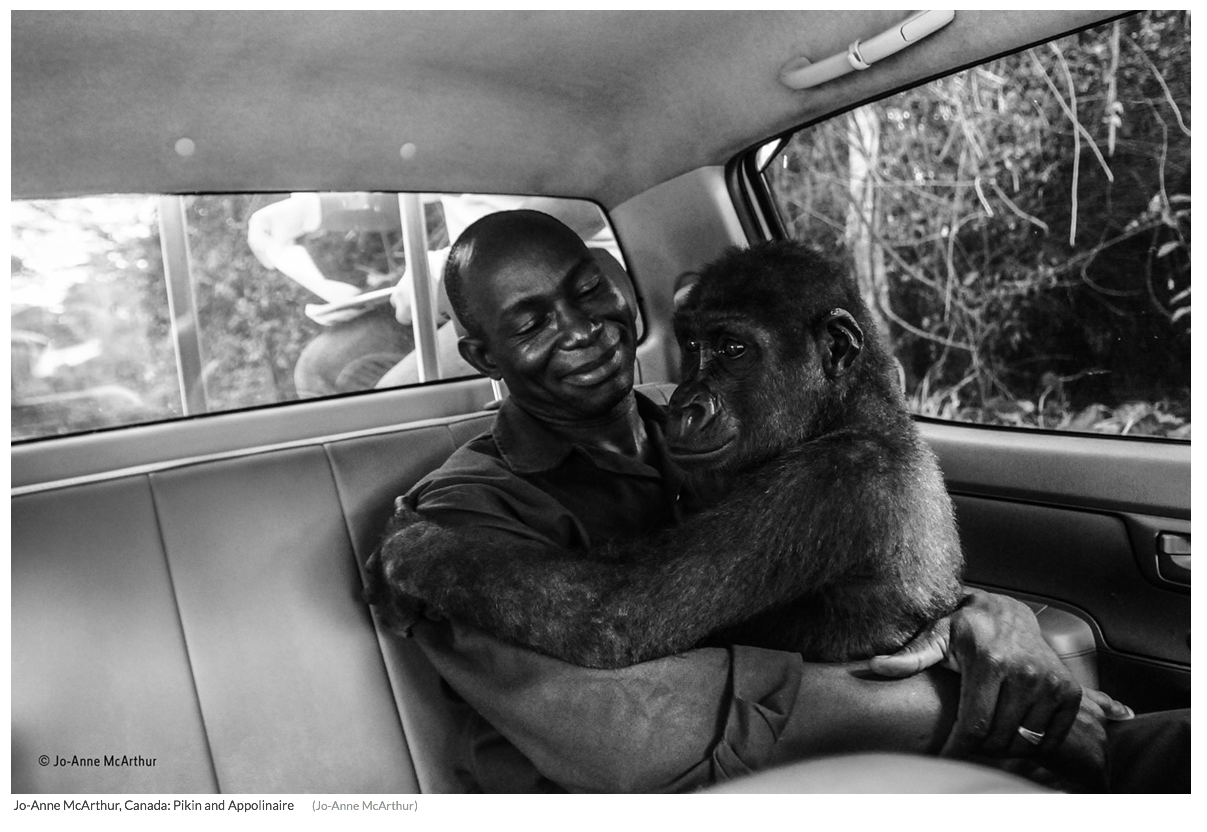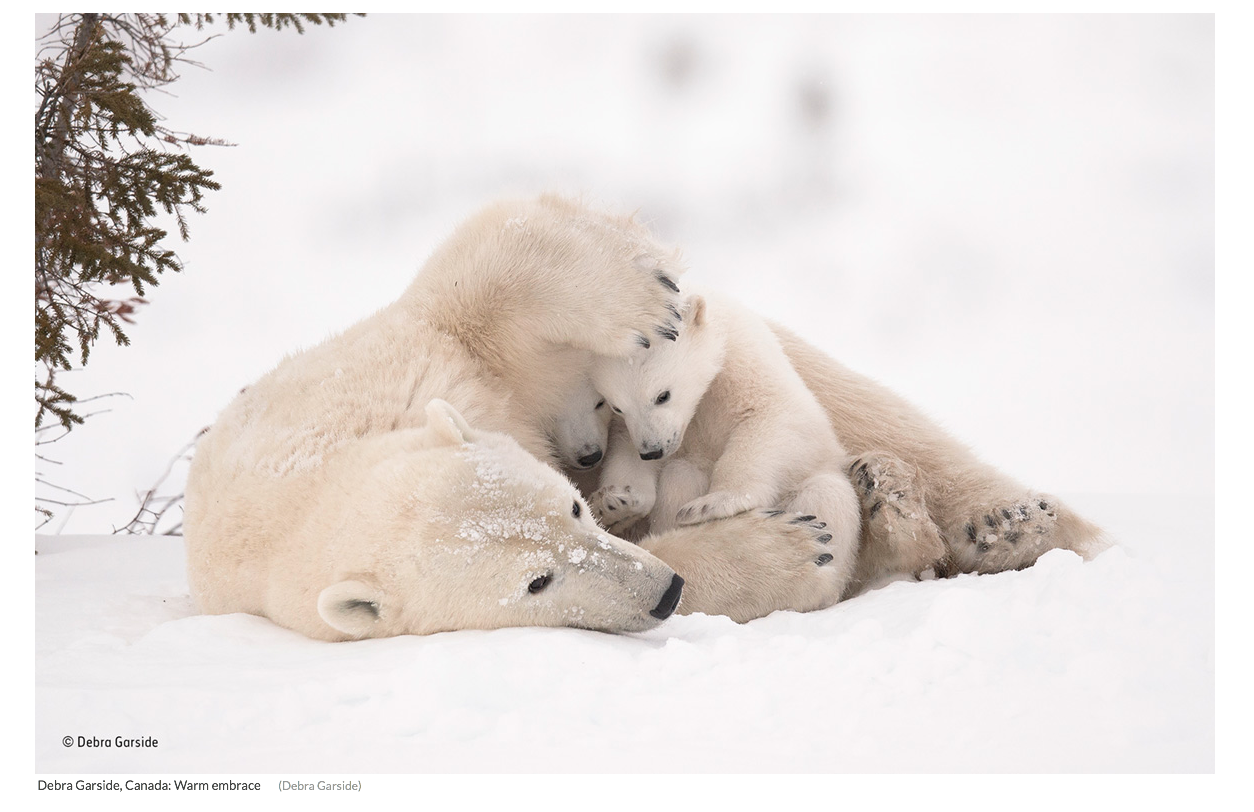“I think a photograph, of whatever it might be — a landscape, a person — requires personal involvement. That means knowing your subject, not just snapping what’s in front of you.”
That’s Frans Lanting, recipient of the Wildlife Photographer of the Year Awards’ first Lifetime Achievement Award, earlier this week at London’s Natural History Museum. The ceremony just celebrated its 54th year of existence, so while “lifetime achievement awards” are a dime a dozen these days — there’s even one for shoe salesmen — being the first in an organization that has existed for more than half a century is saying something.
Lanting, 67, a Dutch nature photographer based in Santa Cruz, Calif., has been at this game almost as long — so much so that, in addition to numerous published books, including several by the Cologne-based German art-house publisher Taschen and his personal website (lanting.com)
he rates his very own page at BrainyQuote.com
. “I want to interpret the natural world and our links to it,” he says. “It’s driven by the belief of many world-class scientists that we’re in the midst of an extinction crisis. . . This time (of our own making.)”
Life is both wonderful and mysterious, he says.
“Life is a force in its own right. It is a new element. And it has altered the Earth. It covers Earth like a skin.”
And this, “Life needs a membrane to contain itself, so it can replicate and mutate.”
“I became interested in photography during my first visit to the United States. I was a student at a university in Holland. I was overwhelmed by the beauty of the American West. That was when I learned about the tradition of nature in American photography.”
“Tourism is important,” Lanting adds, “because it can create sustainable local economies. I’d much rather have 1,000 tourists going up the Tambopata than 1,000 gold miners.”
And then there’s this:
“Water is the key to life, but in frozen form, it is a latent force. And when it vanishes, Earth becomes Mars.”
His wife, he says, “says that I become different once I start to work with animals. My movements become different, my mood is different. It involves letting everything fall behind you, becoming intuitive in your dealings with wild creatures in a way that bypasses reason. Sometimes it’s more like a dance than anything else.”
As with many nature photographers of his generation, Lanting’s work over the years has evolved from portrait and landscape photography to activism and conservation. He was appointed special ambassador for the World Wide Fund for Nature in 2012, and counts a World Press Photo award, the Ansel Adams Award for Conservation Photography, an Honorary Fellowship of the Royal Photographic Society, the Lennart Nilsson Award and the Royal Geographical Society’s Cherry Kearton Medal among his list of honours.
“Nature is my muse,” Lanting has said, “and it’s been my passion.”
Some truths were meant to be self-evident.


























